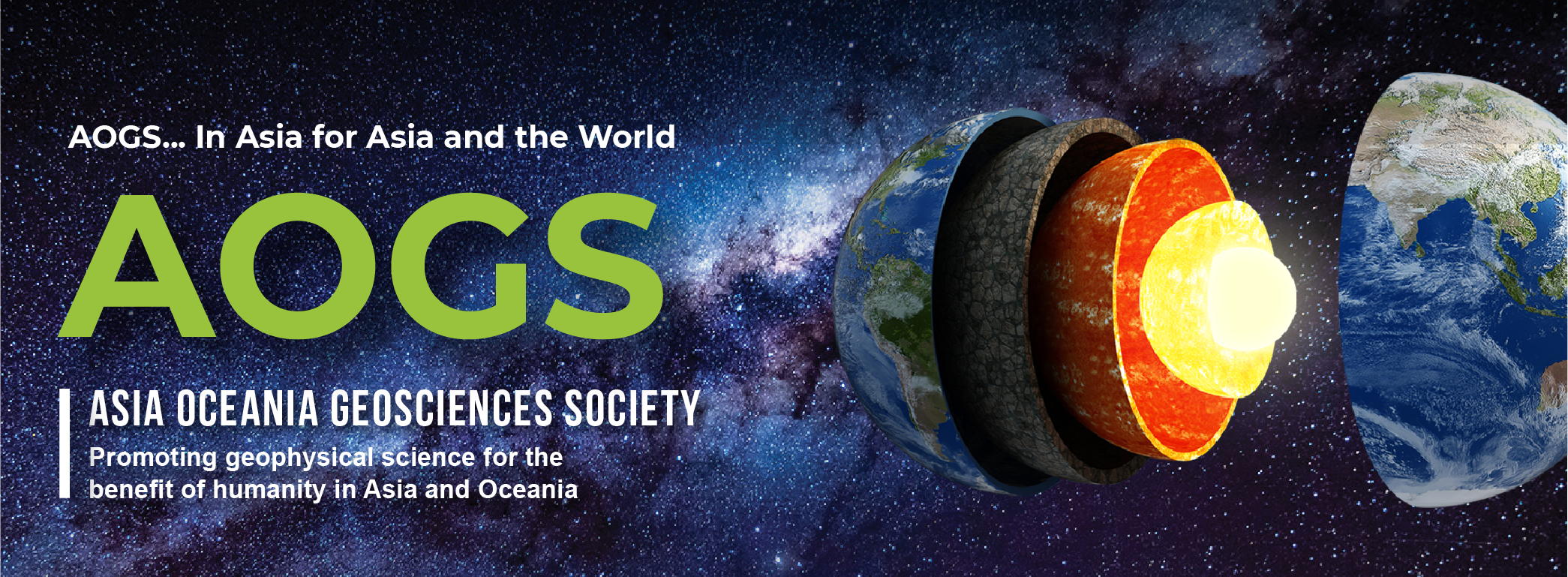

| Session Details | |
| Section | AS - Atmospheric Sciences |
| Session Title | General Applied Atmospheric Sciences |
| Main Convener | Prof. Harilal Menon (Goa University, India) |
| Co-convener(s) | Dr. S Suresh Babu (Indian Space Research Organisation, India) Dr. Noel Keenlyside (University of Bergen and Bjerknes Centre, Norway) Prof. Renguang Wu (The Chinese University of Hong Kong, Hong Kong SAR) Prof. Ben Kirtmann ( University of Miami, United States) Dr. Gregory Duane (University of Colorado/University of Bergen, United States) Prof. Sang-Wook Yeh (Hanyang University, Korea, South) Prof. Chung-Shin Yuan (Xiamen University, China) Prof. Selahattin İncecik (Istanbul Technical University, Turkey) Prof. Cheol-Hee Kim (Pusan National University, Korea, South) Prof. Soon-Ung Park (Center for Atmospheric and Environmental Modeling, Korea, South) Dr. Masao Mikami (Meteorological Research Institute, Japan Meteorological Agency, Japan) Dr. Sunhee Lee (CSIRO, Australia) Dr. Hesham El-Askary (Chapman University, United States) Prof. Seon Ki Park (Ewha Womans University, Korea, South) Dr. Mian Chin (NASA Goddard Space Flight Center, United States) Dr. Slobodan Nickovic (World Meteorological Organization, Switzerland) |
| Session Description | Aerosol influence climate directly by affecting the radiative balance of the earth and indirectly by changing the cloud microphysical properties . Natural source of aerosol in the atmosphere are sea salt, volcanic aerosol, biogenic aerosol and desert dust while anthropogenic sources are biomass burning and combustion of fossil fuel. Thus, depending upon their source, size and formation process, aerosols exhibit a large variability on a global scale. Typically, size distribution is bimodal constituting of fine mode aerosols of anthropogenic origin and naturally produced coarse mode aerosols . Thus, large spatial and temporal variability of aerosol concentration with short residence time hinder the understanding of radiative effects on Earth’s radiation budget . Hence the session is proposed to discuss the large spatial heterogeneity of composite aerosol and the associated radiative forcing over regions of different optical domains. This would in turn facilitate proper incorporation of the effect of aerosol in climate models. |